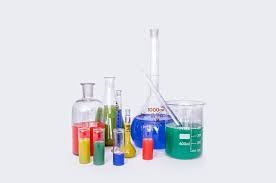How to Get Methods Approved

Background
The Clean Water Act requires EPA to establish testing procedures for analysis of pollutants through a formal notice and comment rulemaking process. These testing methods must be used for measuring pollutants for NPDES permit applications and any NPDES reporting requirements. The Office of Science and Technology (OST) within EPA’s Office of Water (OW) is responsible for developing, reviewing and promulgating these methods as well as developing alternatives to existing methods.
Methods Update Rules
For its MURs, EPA considers new or revised methods from two major sources. One is the Agency’s Alternate Test Procedure (ATP) program. Under this program, method developers submit an application for a proposed new method or modification to an approved Part 136 method – an “alternative method” – directly to OST for evaluation for nationwide use. There are established, formal protocols for the ATP program that lay out specific requirements for submitting methods/modifications for consideration.
VCSB Methods
The second major source for new or revised methods is those methods that are adopted by a voluntary consensus standards body (VCSB) such as ASTM International and Standard Methods, or another government agency such as the United States Geological Survey. VCSBs may submit methods and modifications to OST under the provisions of the National Technology Transfer and Advancement Act (NTTAA). The NTTAA requires EPA to adopt methods approved by VCSBs, unless doing so would be inconsistent with applicable laws or is otherwise impractical. When VCSBs or other government agencies submit adopted methods for consideration, they must include the method in its final form, documentation that it has been approved/published by that VCSB or agency, the validation study plan, and the validation study report, including data and analysis that supported the method’s development and adoption. The VCSB or agency must comply with its own internal method testing criteria (e.g., ASTM D2777).
